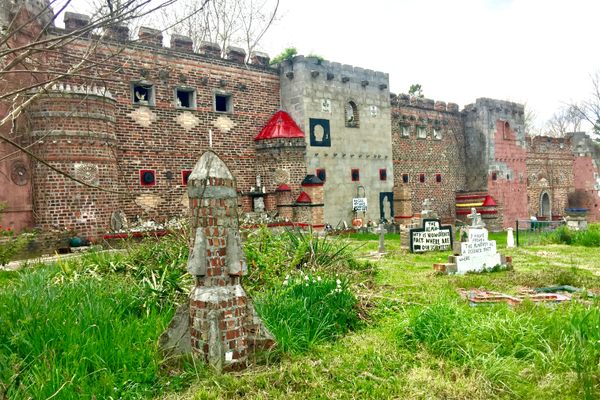About
Once an active defense-line dating back to the 17th century, the West Brabant Line is made up of fortresses and cities with an inundation zone to the north, used as moats deep enough to dissuade marauders on foot, but too shallow to allow for boats. The line fell into disrepair in the 19th century, but a recent restoration program has been in motion, which led to this peculiar “invisible” bridge.
Fort de Roovere is the largest fort on the line, and particular attention has been paid to transform it into a recreational area for cycling and hiking. Not wanting to disrupt the appearance of the moat by adding an obviously ill-advised bridge, but needing a bridge for access regardless of a yearning for historical accuracy the Moses Bridge was the miracle solution.
The bridge, made completely out of waterproof wood, lies like a trench and disappears into the landscape, but from the vantage point of above or either end, the bridge parts the waters, reminiscent of the prophet it named after. In the case that you are lacking the faith to walk down into and under the water line, the RO&AD architects who designed the bridge assure that flooding would not be an issue. The height of the water is controlled by adjustable dams at both sides of the moat, ensuring that when the water rises, it reaches the dams before the bridge, which also includes a pump just in case the dams overflow.
The discreet entry to the fort makes it possible to enjoy the area without ruining the moat's presence, and gives you the powerful impression that the waters have parted, just for you.
Related Tags
Community Contributors
Added By
Published
February 8, 2012




















































